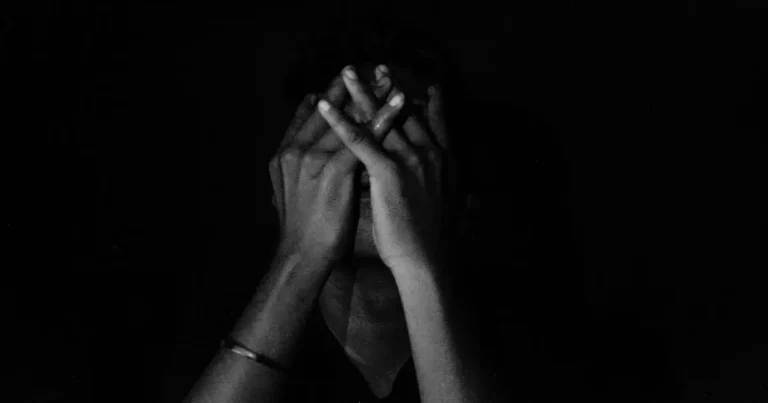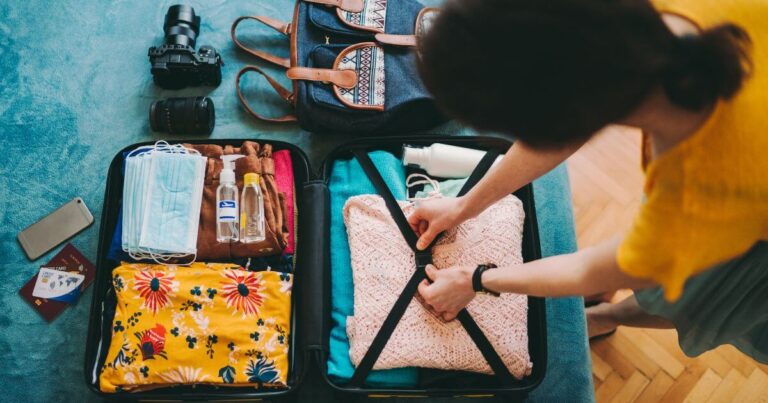In BDSM, triggers are emotional or psychological responses that can arise unexpectedly during scenes, often linked to past experiences or sensitive topics. For both Tops and Bottoms, understanding and navigating triggers in BDSM is essential to creating a safe, supportive, and fulfilling dynamic. While triggers can initially feel disruptive or intimidating, navigating triggers in BDSM and learning how to identify, communicate, and navigate them can deepen trust and strengthen connections within your BDSM relationship.
Whether you’re concerned about triggering a partner or managing your own responses, having strategies in place can help you handle these moments with compassion and confidence. In this guide, we’ll explore practical steps for both Tops and Bottoms on navigating triggers in BDSM, including how to prepare for, respond to, and recover, ensuring a safer and more positive experience for everyone involved.
Recognizing and Preparing for Triggers in BDSM
Triggers can manifest in various ways, from emotional responses like anxiety or sadness to physical reactions such as shaking or freezing. Recognizing the possibility and navigating triggers in BDSM before entering a scene and taking proactive steps can help create a safe environment where both partners feel respected and prepared.
Reflect on Potential Triggers
For both Tops and Bottoms, self-reflection is crucial to identifying potential triggers. Spend time thinking about past experiences, both within and outside of BDSM, that may evoke strong emotional responses. Consider these questions:
- Are there specific words, actions, or types of play that make you feel uncomfortable or vulnerable?
- Do certain dynamics, sensations, or scenarios bring up emotions you’d rather avoid during scenes?
- How might unfamiliar play affect you or your partner emotionally?
By exploring these questions, you can gain a clearer sense of any areas that may require boundaries, adjustments, or special communication and have a clearer picture for navigating triggers in BDSM.
Share and Discuss Triggers with Your Partner
Open communication about triggers is essential for both Tops and Bottoms. Sharing your potential triggers with your partner before a scene allows them to be mindful of what might evoke a reaction and to respect any boundaries you set. It helps you with navigating triggers in BDSM. This conversation should be approached with empathy and patience, ensuring that both parties feel comfortable and safe discussing their concerns.
Consider creating a Yes, No, Maybe list or discussing specific words, actions, or types of play that may cause discomfort. The more information you provide to each other, the better prepared you’ll both be for any emotional responses that may arise when navigating triggers in BDSM.
Establish Safe Words and Cues
Having safe words in place is critical to navigating triggers. Traditional safe words like “red,” “yellow,” and “green” are effective, but you might also want to set specific words or cues for situations related to triggers. For example, you could establish a phrase or hand gesture that signals, “I need to pause and check in.”
These cues allow both partners to communicate clearly and adjust the scene as needed, helping prevent emotional overwhelm. When everyone involved understands these signals, it reduces anxiety and creates a feeling of control and support.
Responding to Triggers in the Moment
Despite careful preparation, triggers can still arise unexpectedly. How you respond to these moments is key to maintaining safety, trust, and emotional well-being for both partners. Here are some strategies for handling triggers during a scene with care and compassion.
Pause and Check In
When a trigger surfaces, it’s essential to pause the scene and check in with each other. For Tops, noticing changes in your partner’s body language, breathing, or vocal responses can help you identify when something feels off. For Bottoms, using your pre-established cues or safe words to signal a need for a break ensures you both can regroup without feeling pressured to continue.
Checking in can be as simple as saying, “Are you okay?” or “Do you want to stop?” This brief but caring pause lets both partners assess their feelings, creating space to address the trigger before continuing.
Offer Reassurance and Support
For Tops, offering reassurance can help a triggered Bottom feel grounded and safe. Use gentle phrases like, “You’re safe here,” or “I’m right here with you,” to remind them they are supported. Physical contact, like holding their hand or placing a calming touch on their shoulder (if they’re comfortable with it), can also help reestablish a sense of security.
For Bottoms, letting your Top know what you need can make it easier for them to provide support. This could mean asking for physical closeness, verbal affirmations, or simply a few moments of silence to regroup.
Adjust or End the Scene if Necessary
Sometimes, continuing the scene isn’t in the best interest of either partner, especially if the trigger is intense. Discuss with your partner whether it feels right to continue, adjust the play, or end the scene altogether. Remember, there’s no shame in stopping a scene if it becomes emotionally overwhelming. Your emotional and physical safety should always come first.
If you choose to end the scene, consider moving to aftercare right away, where both partners can focus on grounding, decompressing, and providing each other with support.
Practicing Aftercare and Processing Triggers Post-Scene
Aftercare is an essential component of BDSM, especially when triggers arise during a scene. Taking time to support each other post-play helps both Tops and Bottoms process any lingering emotions, reinforce safety, and build trust for future play.
Provide Grounding Aftercare
After a scene involving triggers, grounding techniques can help calm and soothe the nervous system. For both Tops and Bottoms, this might include cuddling, wrapping in a warm blanket, gentle massages, or simply sitting together in comfortable silence. The goal is to create a safe space that allows each person to come back to a calm, centered state.
If touch is helpful, gentle physical contact can provide reassurance and connection. However, some people may need space after triggering moments. Ask your partner what they need to feel comfortable, whether it’s closeness or a bit of solitude.
Communicate and Reflect Together
Once both partners feel grounded, discussing the experience can bring further clarity and closure. This conversation doesn’t have to happen immediately but should be addressed soon after both partners have processed the initial emotions.
For Tops, it’s an opportunity to check in on how your partner felt throughout the scene and understand what they might need moving forward. For Bottoms, sharing your experience allows you to communicate any adjustments or boundaries that would make future play more comfortable. Both partners benefit from this reflection, helping to refine their communication and dynamic.
Allow Space for Personal Reflection
Aftercare isn’t just for the immediate post-scene; some feelings may come up days later as well. Allow yourself and your partner time to reflect individually on the experience. Journaling can be helpful, especially for identifying any recurring themes or new boundaries.
For Tops and Bottoms alike, personal reflection provides insights into what worked well and what could be improved, empowering both partners to approach future scenes with greater awareness and intention. Make space to honor your own needs, whether that involves further communication with your partner, more self-care, or a break from play to recalibrate.
Building Resilience and Strengthening Your Dynamic Over Time
Navigating triggers in BDSM requires patience, empathy, and consistent communication. The more openly both Tops and Bottoms can discuss their needs and support each other, the stronger and more resilient their dynamic will become. These practices can help partners feel safe and empowered, even as new challenges or emotions arise.
Regular Check-Ins Outside of Scenes
Make it a habit to check in with each other about your experiences, emotions, and needs outside of scenes. Regular conversations about how you’re feeling in the relationship allow both partners to voice any concerns or adjustments they may need. This ongoing dialogue builds trust and reinforces that your well-being matters to each other.
Continue Learning and Growing Together
BDSM is a journey, and learning how to support each other’s emotional needs is an ongoing process. Consider taking classes, reading books, or attending workshops together that focus on emotional health in BDSM. Expanding your knowledge together strengthens your connection and provides you with more tools for managing challenges as they arise.
Practice Self-Care to Maintain Emotional Balance
Both Tops and Bottoms benefit from practicing self-care independently. Having a strong sense of self and knowing how to care for your own mental health creates a solid foundation for engaging in BDSM safely and joyfully. Self-care can include activities like meditation, exercise, journaling, or spending time in nature—anything that helps you stay grounded and emotionally balanced.
By maintaining a commitment to each other’s well-being and supporting one another through potential triggers, BDSM can be a deeply rewarding experience that brings both partners closer together. With empathy, patience, and proactive care, you can build a BDSM dynamic that is both exciting and emotionally fulfilling, fostering safety, growth, and trust over time.








